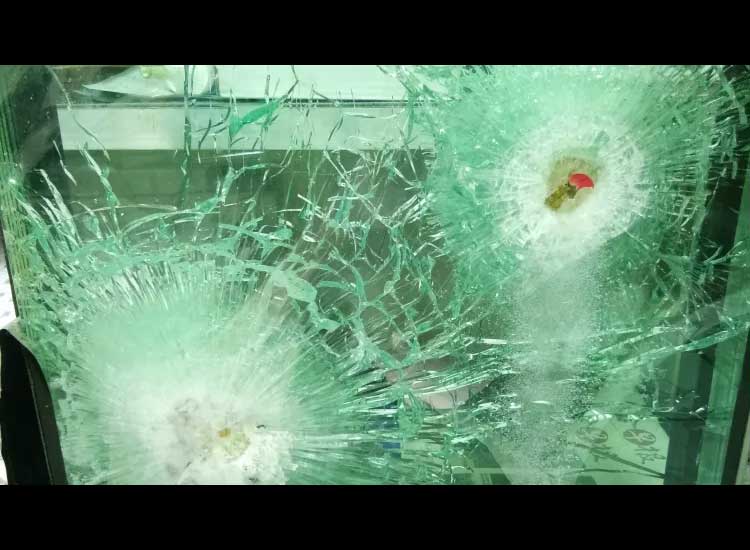Who Actually Created VR and AR? – Virtual Reality (VR) and Augmented Reality (AR) are two revolutionary technologies that have changed the way we interact with the digital and physical worlds. Although often referred to together, they have significant differences in concept and usage. Let’s explore more about the meaning of both:
1. Virtual Reality (VR)
Virtual Reality (VR) refers to a computer-simulated environment that provides an immersive experience to the user. Using a special headset or other device, users can be immersed in a completely virtual environment, where they can see, hear, and even feel the sensations of that environment.
How
VR Works creates a lifelike environment by utilizing computer graphics and sensory technology. When users put on a VR headset, they are transported into a digitally created virtual world, and their movements and actions in the real world are replicated in the virtual environment.
The application
of VR technology has been applied in various fields, including entertainment, education, training, and healthcare. For example, in the gaming industry, VR allows players to experience a deeper and more immersive gaming experience. In the healthcare sector, VR is used for therapy, surgical simulations, and the treatment of mental disorders.
2. Augmented Reality (AR)
Augmented Reality (AR) is a technology that combines virtual elements with the real world. In AR, digital information such as images, text, or 3D objects are added to the user’s real view, creating an experience that enhances their perception of the real world.
How AR Works
uses cameras and sensors on devices such as smartphones or special headsets to detect their surroundings. Based on the information obtained, AR displays additional information in the form of graphics or text on top of the user’s real view.
AR has been applied
in a variety of applications, from mobile games to industrial and commercial applications. For example, in shopping applications, AR allows consumers to virtually try products before buying them. In the industrial sector, AR is used for training, machine maintenance, and design visualization.
The true creator behind the advancement of Virtual Reality (VR) and Augmented Reality (AR) technology cannot be called a single individual. Both of these reality-shattering technologies have developed through the contributions of many parties over the years.
Virtual Reality (VR)
The early concept of VR has been around since the 1960s, but it became a practical reality thanks to the contributions of several key figures.
Morton Heilig: Back in 1962, Heilig created the “Sensorama,” a device considered the precursor to VR. The Sensorama provided an immersive experience by combining visual elements, vibrations, and even scent.
Ivan Sutherland: In 1968, Sutherland developed “The Sword of Damocles,” the first VR helmet to use computer graphics. His contribution was a milestone in the development of VR.
However, don’t think that VR innovation stops here. Since then, many researchers and technology companies have continued to develop this technology.
Augmented Reality (AR)
Just like VR, the concept of AR also emerged in the 1960s. Behind the progress of AR, there are several important figures who have made great contributions.
Ivan Sutherland: In addition to being a key figure in the development of VR, Sutherland is also considered a pioneer of AR. His work on the “Head-mounted Display System” paved the way for displaying additional information in the real world.
Tom Caudell: In 1990, Caudell played a major role in popularizing the term “Augmented Reality.” His contributions helped mark the importance of this technology in the world of technology.
Louis Rosenberg: In 1992, Rosenberg developed “Virtual Fixtures,” one of the first AR systems to be used in practice. His innovation paved the way for AR applications in a variety of fields.
As with VR, AR is also being developed by many parties. This technology is now used in various fields such as industry, education, and entertainment. The Future of VR and AR
Through the contributions discussed above, it is clear that VR and AR have become a driving force for a revolution in the way we interact with the digital and physical world.
However, the potential of these two technologies is still far from being maximized. In the future, VR and AR are expected to provide a more immersive and useful experience. For example, in industry, this technology can be used to train workers in a safe simulated environment, or even to change the way we shop with a more interactive shopping experience.
With continued development and innovation, the future of VR and AR looks bright. However, one thing is for sure, there is no single individual or entity that can be said to be the true creator behind these technologies. They are the result of collaboration and contributions from many parties who have worked hard over the years. And with that, we must recognize and appreciate the legacy of innovation that they leave behind. (UN)





